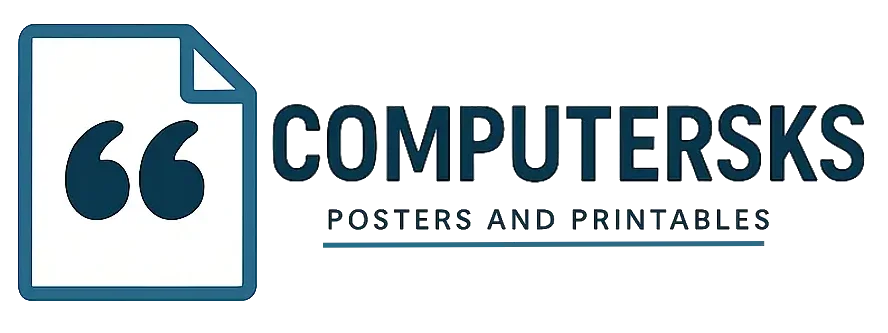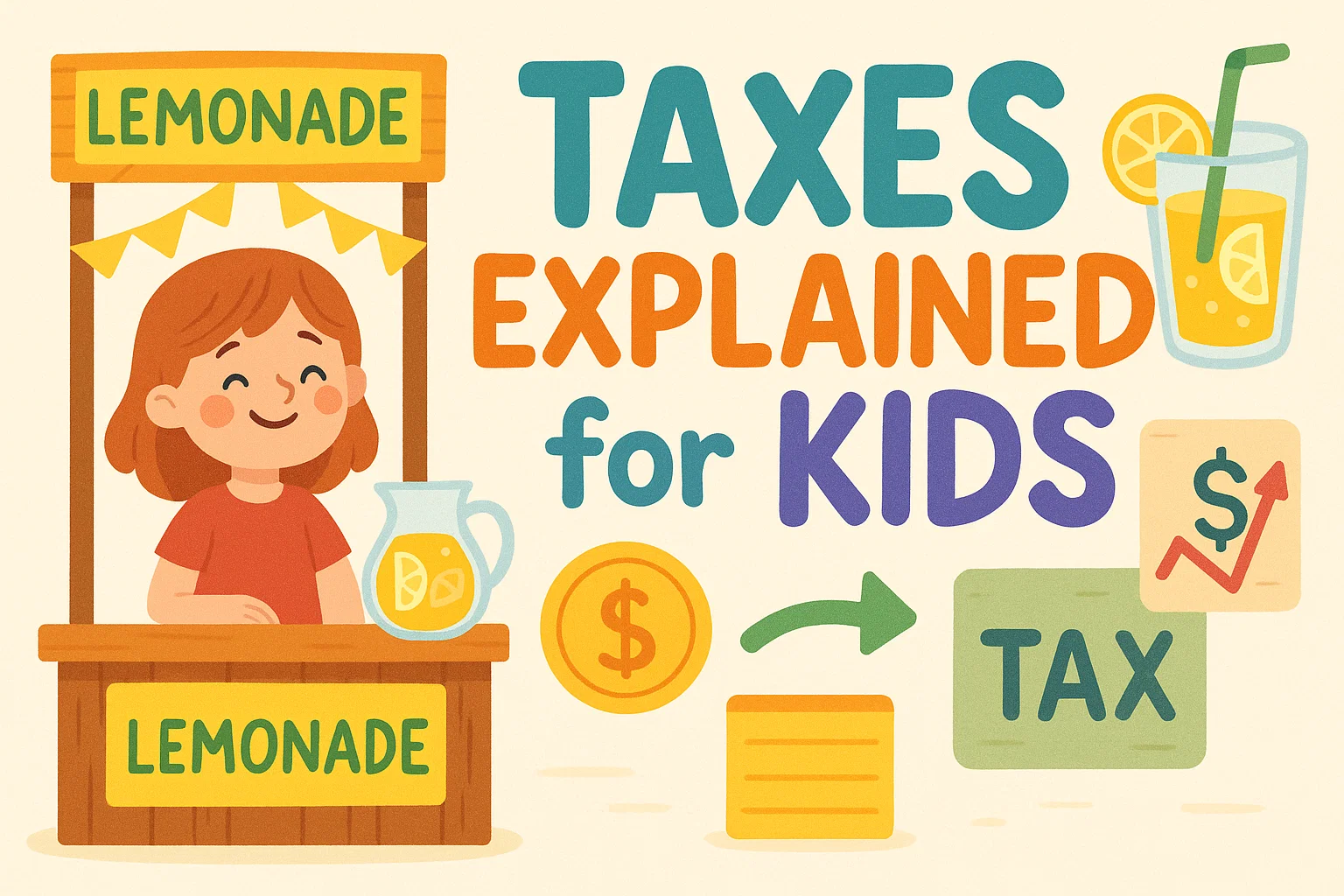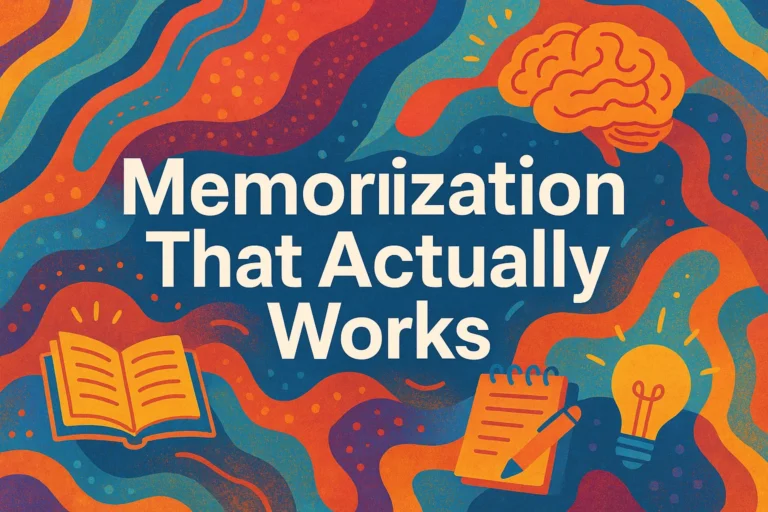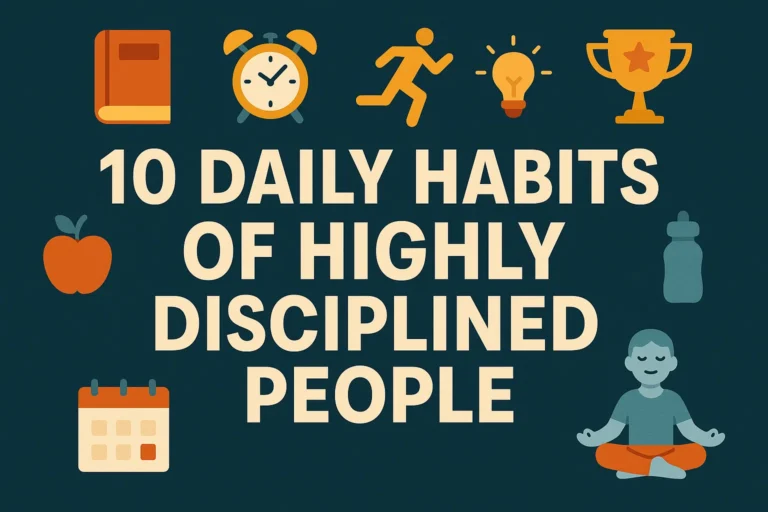Engaging Money Management Activities Taxes Explained for Kids with Fun Illustrations
Engaging Money Management Activities: Taxes Explained for Kids with Fun Illustrations
Hey there! Let’s have a quick chat. I want you to think back to being a kid. Did anyone ever sit you down and explain taxes? Yeah, me neither. My first tax lesson was a panicked phone call to my dad in my early twenties, which is… not ideal. It’s this giant, confusing grown-up thing that just happens to our money.
But what if it didn’t have to be a mystery? What if we could teach kids about taxes in a way that’s actually, and I know this sounds crazy, fun?
That’s the mission today. We’re going to break down this seemingly boring topic into engaging money management activities that use fun illustrations and a whole lot of simplicity. No jargon, no panic—just clear, relatable concepts. Ready to turn your kids into mini money masters? Let’s go.
What On Earth Are Taxes, Anyway? (The Lemonade Stand Edition)
Imagine your kid sets up a killer lemonade stand. They’re the talk of the neighborhood. Quarters and dollar bills are pouring in. They’re mentally spending it all on a new video game. But then, you, the parent, walk over.
You don’t take all the money. Instead, you explain that running a successful stand means everyone chips in a little for things that help the whole neighborhood. You might say:
“Awesome job! Now, from this $10 you made, we’re going to put $1 in this ‘Cups Jar’—that’s our tax for buying new supplies so we can keep selling. We’ll put another $1 in the ‘Street Jar’—that’s the tax for using this awesome spot on the sidewalk. So you get to keep $8 for your game, and the ‘jars’ help everyone keep having lemonade!”
See? Not scary. Taxes are just a small part of money that we contribute to pay for things everyone uses. It’s our share of the playground, the library books, the fire trucks, and the roads we drive on.
Breaking Down the Tax “Jars”: Where Does the Money Go?
Using jars with simple labels and pictures is a fantastic, visual way to make this concrete. Grab three jars and some play money. Let’s decorate them!
The Community Jar (Income Tax)
This is the big one. Draw a little park, a school, and a library on this jar.
- The Concept: Explain that when people earn money from a job, they contribute a part of it to help build and maintain shared spaces and services.
- The Activity: Give your child $10 in play money. Tell them they earned it by doing a great job on their homework (their “job”). Have them put $2 or $3 into the Community Jar. Say: “This money helps make sure our town has cool parks to play in and that teachers get paid. It’s our share!”
The Shopping Jar (Sales Tax)
Draw a little cash register and a shopping bag on this jar.
- The Concept: This is a tax added to the price of things we buy. It’s usually just a few extra cents on the dollar.
- The Activity: Set up a mini-store with toys and snacks. Price everything at a simple dollar amount, like $1. Then, have a separate pile of coins labeled “tax.” When they “buy” a toy for $1, they also have to give you 10 “tax cents” to put in the Shopping Jar. It perfectly illustrates that the price tag isn’t always the final price (a lesson many adults still need!).
The Stuff Jar (Property Tax)
Draw a house and a firetruck on this jar.
- The Concept: This tax helps pay for services connected to a home, like the firefighters who protect it or the garbage collectors who empty the bins.
- The Activity: If they get an allowance, you can have them contribute a tiny, symbolic amount—a penny a week—to the Stuff Jar. Explain that this helps pay for the things that keep our home and neighborhood safe and clean.
Fun Illustrations: Making Abstract Ideas Stick
Words are okay, but pictures are better. You don’t need to be an artist—stick figures work perfectly!
- The Tax Ice Cream Cone: Draw a big, delicious ice cream cone with three scoops. Label the cone “Your Earnings.” The bottom scoop is “Community Scoop” (income tax), the middle is “Shopping Scoop” (sales tax), and the top scoop is “Stuff Scoop” (property tax). The cone is what you get to keep and enjoy! This shows that taxes come out first, but you still get the main treat.
- The Tax Superhero: Personify taxes! Draw a cool superhero whose power is building schools, fixing roads, and putting out fires. Their name? Captain Contribution! This frames taxes not as a villain taking money, but as a hero that helps everyone.
The “Why”: It’s About Fairness and Community
This is the most important part. The goal isn’t to teach kids to resent taxes, but to understand their purpose.
Use a real-life example next time you’re out. Point to a public playground and say, “See that swing set? Our Community Jar money helped pay for that. Cool, right?” When a firetruck drives by with its sirens on, you can say, “Our Stuff Jar money helps those heroes get to people who need help.”
It transforms the concept from a boring deduction into a tangible contribution to their world. It teaches civic responsibility in a way that makes sense to them.
Keeping It Engaging: Games and Activities
Let’s make this interactive. Here are a few of my favorite activities.
- The Allowance Experiment: Give them their allowance in small denominations. If it’s $5, give them five $1 bills. Have them allocate one dollar to their “Community Jar” (savings for a family outing), one to their “Shopping Jar” (savings for a future toy), and let them keep the rest. It’s a hands-on budgeting lesson.
- The Grocery Store Game: Next time you’re shopping, pick out a small item. Show them the price on the shelf, and then show them the receipt. Point out the “sales tax” line. Ask them, “Why do you think we pay a little extra?” Guide them to the answer: it helps pay for the roads we drove on to get to the store!
- The “What Would You Build?” Challenge: This is a fun one. Ask your child: “If you were in charge of the Community Jar money for our town, what would you build? A new zoo? A waterslide park? A library with a robot librarian?” It gets them thinking critically about how community funds are used and prioritizes their values. IMO, the robot librarian is a solid choice. 🤖
Wrapping It All Up
See? Taxes don’t have to be a dry, terrifying topic we avoid until adulthood. By using simple analogies, visual illustrations, and hands-on activities, we can demystify them and build a foundation of financial literacy early on.
The key takeaway? We’re reframing taxes from a “take” to a “contribution.” It’s not about losing money; it’s about pooling our resources to build a better, safer, and more fun community for everyone.
So grab some jars, break out the crayons, and turn the dreaded “T-word” into a conversation about teamwork. Who knows, you might just have more fun than they do. And the next time they set up a lemonade stand, they might just be the ones explaining the “Cups Jar” to their friends. Now that’s a win.







